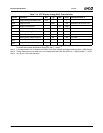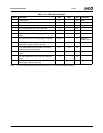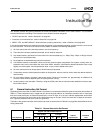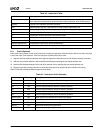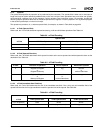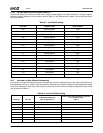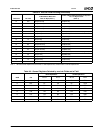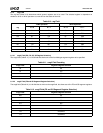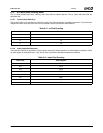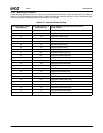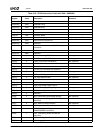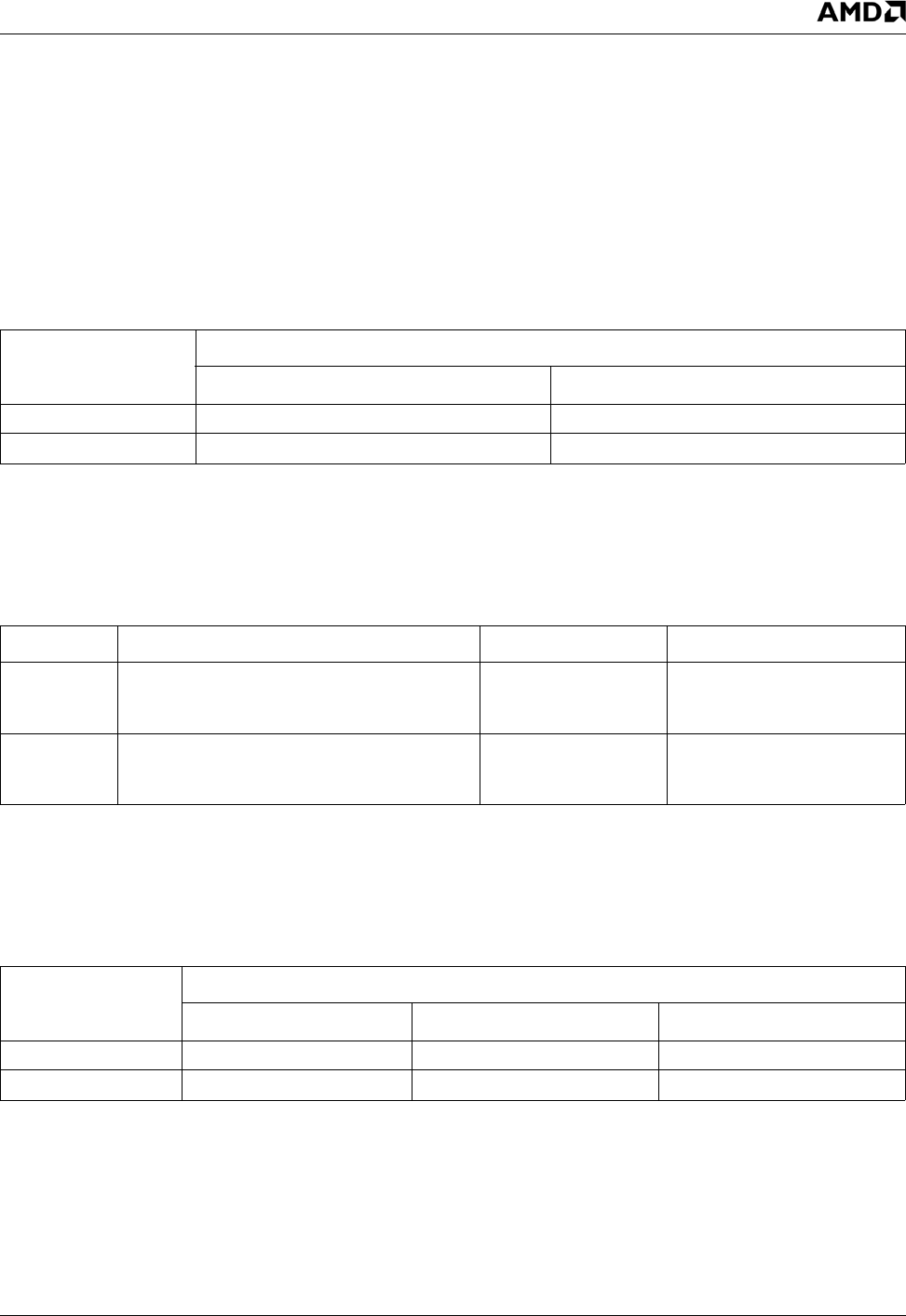
AMD Geode™ LX Processors Data Book 621
Instruction Set
33234H
8.1.2 Opcode
The opcode field specifies the operation to be performed by the instruction. The opcode field is either one or two bytes in
length and may be further defined by additional bits in the mod r/m byte. Some operations have more than one opcode,
each specifying a different form of the operation. Certain opcodes name instruction groups. For example, opcode 80h
names a group of operations that have an immediate operand and a register or memory operand. The reg field may appear
in the second opcode byte or in the mod r/m byte.
The opcode may contain w, d, s, and eee opcode fields, for example, as shown in Table 8-26 on page 634.
8.1.2.1 w Field (Operand Size)
When used, the 1-bit w field selects the operand size during 16-bit and 32-bit data operations. See Table 8-4.
8.1.2.2 d Field (Operand Direction)
When used, the 1-bit d field determines which operand is taken as the source operand and which operand is taken as the
destination. See Table 8-5.
8.1.2.3 s Field (Immediate Data Field Size)
When used, the 1-bit s field determines the size of the immediate data field. If the s bit is set, the immediate field of the
opcode is 8 bits wide and is sign-extended to match the operand size of the opcode. See Table 8-6.
Table 8-4. w Field Encoding
w Field
Operand Size
16-Bit Data Operations 32-Bit Data Operations
0 8 bits 8 bits
1 16 bits 32 bits
Table 8-5. d Field Encoding
d Field Direction of Operation Source Operand Destination Operand
0 Register-to-Register
or
Register-to-Memory
reg mod r/m
or
mod ss-index-base
1 Register-to-Register
or
Memory-to-Register
mod r/m
or
mod ss-index-base
reg
Table 8-6. s Field Encoding
s Field
Immediate Field Size
8-Bit Operand Size 16-Bit Operand Size 32-Bit Operand Size
0 (or not present) 8 bits 16 bits 32 bits
1 8 bits 8 bits (sign-extended) 8 bits (sign-extended)



